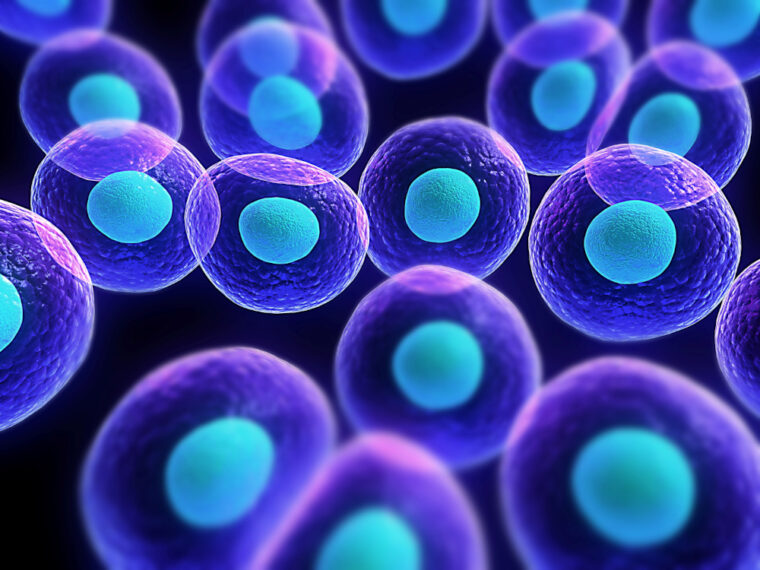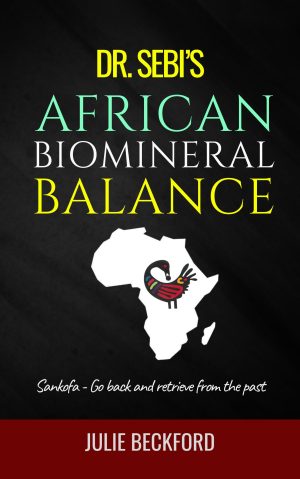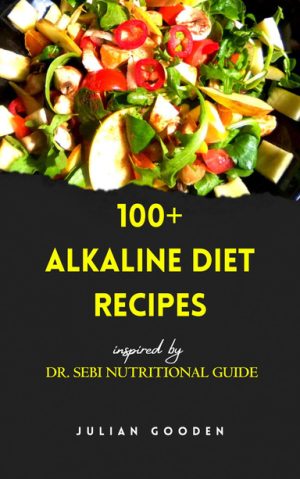From powering ecosystems to shaping our bodies and fueling modern energy systems, carbon is the invisible thread connecting all life and the key to a sustainable future. Carbon is not just another element- it is the very foundation of life as we know it. Every living being, from the tiniest microbe to the tallest tree and the human body itself, depends on carbon for existence.
1. The Chemistry of Life
Carbon is element number 6 on the periodic table. This is significant: six protons, six neutrons, and six electrons give carbon its unique ability to bond in four directions. This property, called tetravalency, makes carbon the most versatile atom in nature. Think of carbon as a molecular Lego brick with four hands, able to link with other atoms in countless ways, building everything from simple sugars to the complex double helix of DNA. Because of this property, carbon can:
- Bond with itself to form chains and rings (the basis of organic chemistry).
- Bond with hydrogen, oxygen, and nitrogen to form essential biomolecules.
- Build structures ranging from simple molecules like glucose to complex DNA spirals.
This flexibility makes carbon the “universal connector” – the element that weaves life together. Beyond biology, carbon’s versatility powers cutting-edge technologies like graphene, a single layer of carbon atoms that’s stronger than steel and conducts electricity like no other material.
2. The Carbon Cycle – The Breath of Earth
Life on Earth is powered by the carbon cycle:
- Plants pull carbon dioxide (CO₂) from the atmosphere through photosynthesis, creating sugars that store energy.
- Animals and humans eat plants (or animals that eat plants), breaking down those sugars and releasing carbon back as CO₂.
- Soil and oceans act as storage houses, holding carbon in organic matter, shells, and sediments.
This constant exchange keeps Earth alive and balanced. However, human activities like deforestation and burning fossil fuels overload the carbon cycle with excess CO₂, which threatens the delicate balance of life on Earth.
3. Carbon in the Human Body
In our own bodies, carbon makes up about 18% of our mass. But more importantly, it is the skeleton upon which all of our biomolecules are built:
- DNA & RNA (carbon-based sugars + nitrogen bases) carry the blueprint of life.
- Fats & oils are carbon-rich molecules that store energy and build cell membranes.
- Carbohydrates (literally “carbon + water”) are our body’s fuel.
When Dr. Sebi and others emphasize living, plant food, it’s because these foods carry the most natural, balanced forms of carbon compounds that align with our body’s chemistry. Plant foods, rich in carbon-based carbohydrates, and fats, for example, provide energy and building blocks that promote health and reduce the strain from processed, synthetic foods.
4. Carbon and Energy
Carbon is also the great energy carrier. In plants, carbon captures solar energy during photosynthesis and stores it in chemical bonds. When we eat those plants, we release that energy to fuel our own lives. In essence:
- The sunlight becomes energy through carbon.
- Our life force depends on how clean and natural that carbon source is.
Conclusion
Carbon is not just chemistry. It is the universal builder, the breath of the planet, and the anchor of life itself. As the foundation of life, carbon invites us to live in harmony with nature – by choosing sustainable practices, eating natural foods, and supporting innovations that respect the planet’s delicate carbon balance. Carbon is life, the foundation, the cycle, the energy, and the spirit of creation.
Reference
Below is a reference to support the scientific and environmental claims in the content:
- Raven, P. H., Hassenzahl, D. M., Hager, M. C., Gift, N. Y., & Berg, L. R. (2015). Environment (9th ed.). Wiley.
- This textbook provides detailed explanations of the carbon cycle, its role in ecosystems, and the impact of human activities on carbon balance.
- Nelson, D. L., & Cox, M. M. (2017). Lehninger Principles of Biochemistry (7th ed.). W.H. Freeman.
- This source covers carbon’s role in organic chemistry, biomolecules, and its significance in the human body.
For additional credibility, you could link to reputable websites like:
- NASA’s Earth Observatory: The Carbon Cycle
- National Institutes of Health (NIH) resources on biochemistry and nutrition.














